Le contrade centrali del vecchio nucleo di Anacapri erano, nella seconda metà del Novecento, un campione quasi intatto degli ultimi tre secoli di una realtà antropologica diversa da quella di Capri, il paese in basso, e dalla Marina.
Ne faceva testimonianza il carattere riservato dell’ambiente, la calma e il silenzio tra le stradine ombreggiate, lo stesso clima fresco dei trecento metri di quota sul mare, l’assenza di folla, la separatezza dal Golfo come se non vi ci trovaste in mezzo.
Attrattive che avevano sedotto artisti, uomini di cultura e persone riservate o stanche a stabilirvisi per lunghi periodi estivi e primaverili, allo scopo di rigenerare la salute o almeno preservarla dagli stress delle usuali vacanze di massa.
Un romitaggio incantato tra fiori e piante di limone. C’era solo un Caffè nel centro, nonché fornaio e fabbricante di brioches e una sola bottega della carne, quattro automobili e nessuna pizzeria. Se volevi una pizza andavi a Capri.
In mezzo a quella pace e alle storiche case degli abitanti dediti a piccole attività, più rurali che marinare, si trovava Villa Orlandi, un inatteso portale sul mondo dell’arte. Quella di Pasquale e Lucia Trisorio era una dimora della cultura dove potevi ammirare opere alle pareti, incontrare gli artisti in carne e ossa, visibili là senza cerimonie, magari a colazione o a cena in totale disponibilità domestica e domestica confidenza come ci fossimo lasciati ieri. Era la casa dove Pasquale e Lucia e le loro tre ragazzine amavano vivere per lunghi periodi dell’anno e ricevere ospiti con cui condividere un buon bicchiere di vino.
Passavi a salutare Pasquale, a preparare un caffè con la Moka, una bambina dagli occhi curiosi sarebbe apparsa dal fondo e poi sarebbe scappata chissà dove ridendo, compariva Kounellis, nomade mediterraneo sporco di polvere che armeggiava con pezzi di ferraglia arrugginita con l’intenzione di ricavarne un atto poetico, e, così, di mezza stagione potevi imbatterti in Twombly con una camicia stazzonata o Joseph Beuys a capo coperto, e poi…
Ancora oggi il silenzio sembra una sospensione magica intorno a Villa Orlandi, nel centro vecchio di Anacapri; il giardino e le case intorno rimandano un senso di metafisico distacco dal mondo che si agita nella Capri bassa. Un buco nel tempo e un invito alla meditazione sul tempo lento.
Un’immagine che, come la musica, evoca emozioni, attinge a memorie nascoste, a sentimenti ancestrali che forse non puoi definire con le parole ma solo con echi di sensazioni già provate in momenti che non sapevi di aver vissuto.
Certe vecchie dimore suscitano un accordo di impressioni come di infanzie felici confusamente riposte insieme a visioni di prati fioriti e cespugli aromatici ma, forse, è solo memoria genetica che affiora quando uno stimolo improvviso ci sorprende e ci sfida.
Quando, tra gli anni Settanta e Ottanta, oltrepassata la bianca porta della casa in fondo al viale, si rivelava un mondo incantato fatto di tele dipinte in bell’ordine sulle pareti bianche anch’esse, queste sensazioni lasciavano il posto alla meravigliosa avventura di un sorprendente tuffo in una realtà del tutto nuova e diversa: quella dell’arte contemporanea. Quell’interno sembrava un’astronave di un altro mondo provvisoriamente depositata in mezzo ai cespi di roselline bianche immacolate sotto un cielo azzurro pallido, dove Pasquale e Lucia tentavano di costruire un ambiente di poesia condivisa con chi era in grado di apprezzarne lo slancio. Mostravano con evidenza che l’arte e la poesia non hanno confini, che l’associazione di emozioni e sentimenti può attraversare resistenze mentali e culturali, abitudini etiche e linguaggi abusati. L’arte è come un destarsi a un riconoscimento all’interno di un sogno, un modo di rompere una parete della scatola in cui ti senti imprigionato.
Stranamente Villa Orlandi è ancora al suo posto, dopo cinquant’anni, e l’ambiente circostante, nonostante l’aumento dei turisti e delle pizzerie, conserva quel senso appartato di un luogo della meditazione fuori luogo, un aperto spiazzato dall’abituale scorrere del tempo, una risorsa dell’anima se l’anima di un sito riveste, per forma e atmosfera, la percezione astratta che la folla chiassosa è incapace di cogliere.
Se per caso un viaggiatore… la fragranza rivelatrice di quell’esperienza è ancora lì intorno, impalpabile quando l’ultimo raggio di sole ne attraversa le finestre prima di sparire sotto l’orizzonte, ancora è possibile accedere a quella consapevolezza dell’assenza, quella latenza di esserci che è la fuggevole sospensione tra il giorno e la notte e perdersi per sperare di ritrovarsi.
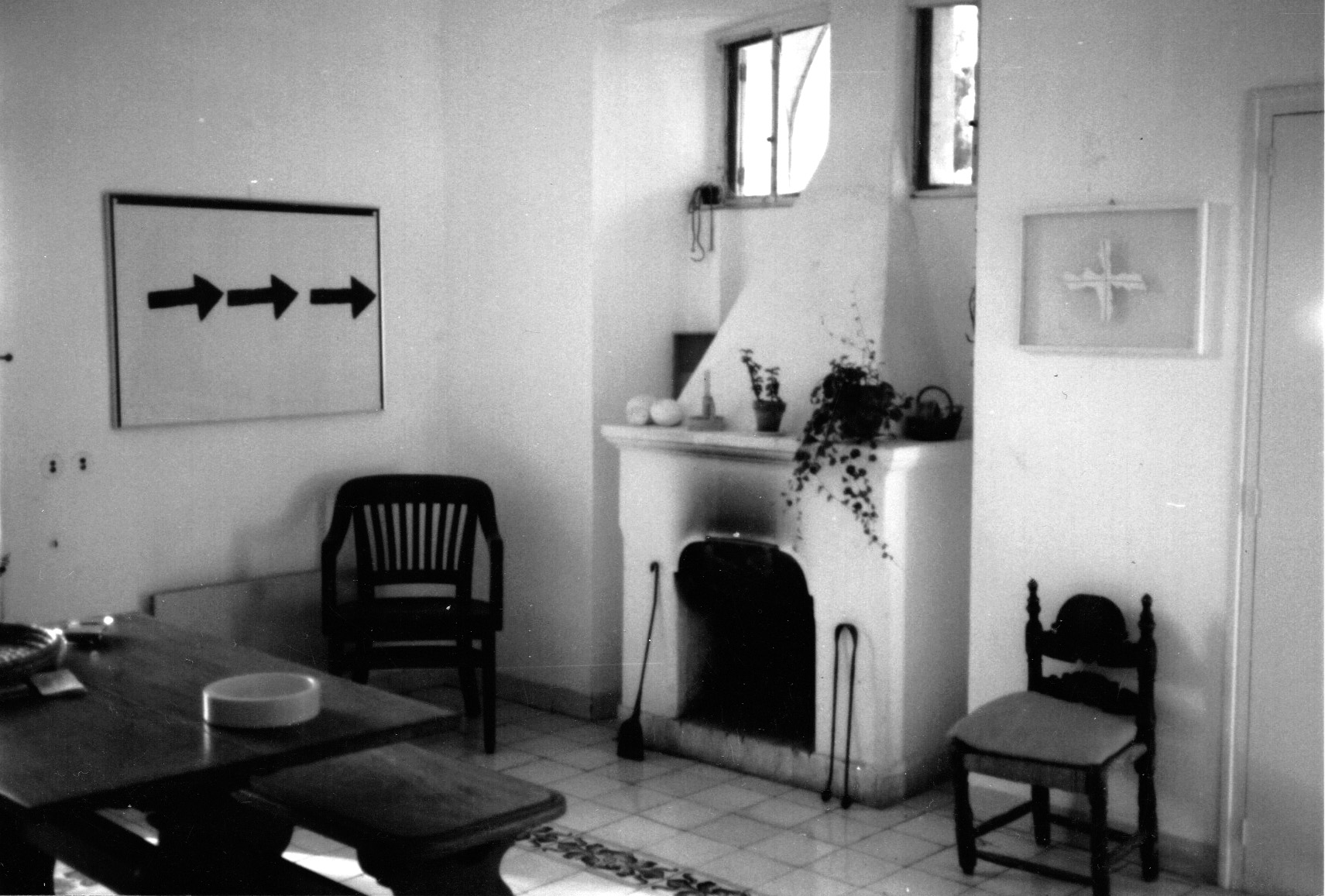
Villa Orlandi A MEMORY
The central districts of the old Anacapri were, during the second half of the twentieth century, an almost intact example of the previous three centuries of an anthropological reality very different from Capri, the village below, and the Marina.
Proof of that was the reserved atmosphere of the place, the quietness and silence among the shaded streets, the same cool weather you can find three hundred meters above the sea, the absence of crowds and the detachment from the Gulf, as if you weren’t in the middle of it.
Artists, men of culture and reserved or simply tired people were charmed by this appeal and decided to settle there for long periods during spring and summer, to restore their health or at least safeguard it from the stress of the usual mass vacations.
An enchanted hermitage among flowers and lemon trees. There was just one Café and bakery in the center, a single butcher shop, four automobiles and no pizza restaurants. If you wanted a pizza, you had to go to Capri.
Amid that peace and the historical buildings of the locals, devoted to small activities, more rural than maritime, there was Villa Orlandi, an unexpected gate on the art world. The home of Pasquale and Lucia Trisorio was a cultural mansion where you could admire works of art on the walls, meet face to face with the artists, without any ceremonies, perhaps while they were having breakfast or dinner, in complete domestic friendliness and familiarity, like if you had met them the day before.
This was the mansion were Pasquale and Lucia, together with their three little girls, loved living for long periods of time during the year and loved receiving guests to share a good glass of wine with.
You passed by to say hello to Pasquale, to brew a coffee with Moka, and a little girl with curious eyes would appear and then run away, laughing, who knows were, or Kounellis, Mediterranean nomad, would appeared covered with dust, tinkering with rusty metal scraps with the intent of creating a poetic statement, and then, in the middle of the season, you could meet Twombly dressed in a creases shirt, or Joseph Beuys with his head covered, and then…
Even today the silence seems like a magic suspension around Villa Orlandi, in the old center of Anacapri; the garden and the surrounding houses convey a sensation of metaphysical detachment from the agitated world in lower Capri. A hole in time and an invitation for meditation on slow time.
An image that, not unlike music, recalls emotions, draws hidden memories, ancestral feelings that perhaps cannot be defined by words, but only by echoes of sensations already experienced in moments you didn’t know you lived. Certain old mansions create a harmony of impressions, like happy childhood memories vaguely placed together with visions of flower fields and aromatic bushes, but, perhaps, it is just genetic memory that emerges whenever a sudden impulse takes us by surprise and challenges us.
Between the 1970s and the 1980s, after crossing the white door at the end of the boulevard, an enchanted world, made of painted canvases perfectly displayed on white walls, revealed itself, and these sensations left their place to a marvelous adventure, a surprising deep dive in a completely new and different reality: the reality of contemporary art.
That interior spaces seemed like a spaceship from another world, temporarily placed among the shrubs of immaculate little white roses, under a pale blue sky, where Pasquale and Lucia wanted to create a place of poetry, shared among whoever was able to appreciate this passion. They showed, with strength, that art and poetry have no boundaries, that the association between emotions and feelings can overcome mental and cultural oppositions, ethical habits and over abused languages. Art is like waking up in recognition from within a dream, a way to destroy the cage you feel trapped into.
Oddly, after fifty years, Villa Orlandi is still in its place, and the surrounding area, despite the increase in tourists and pizza restaurants, still preserves the secluded atmosphere of a meditative place, an open space distant from the usual passing of time, a resource for the soul, if the soul of a place assumes, thanks to its shape and atmosphere, the abstract perception that the rowdy crowd is unable to perceive.
If, by chance, a traveler… the revealing fragrance of that experience still lingers around that place, weightless, and when the last sunray hits the windows before disappearing below the horizon, it is still possible to reach that awareness of absence, that latency of being that is the fleeing suspension between night and day, to lose yourself, hoping to find yourself again.


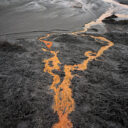
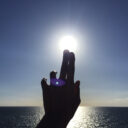

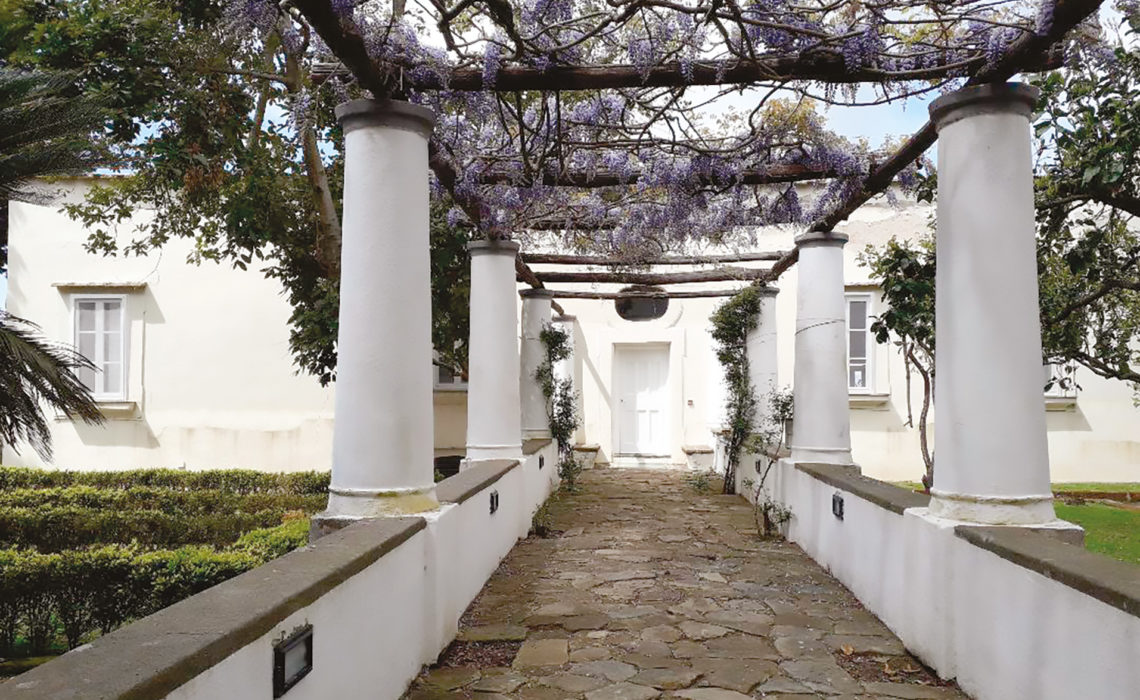
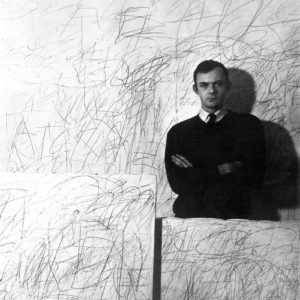
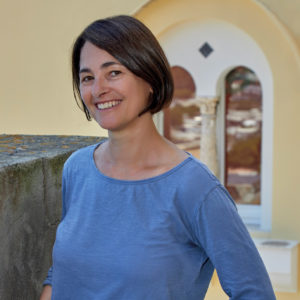
No Comments